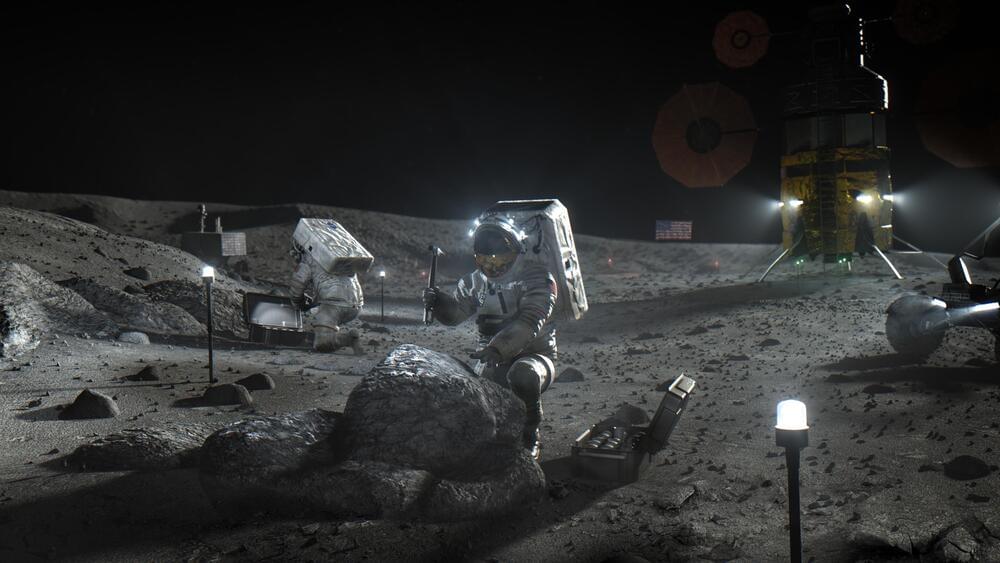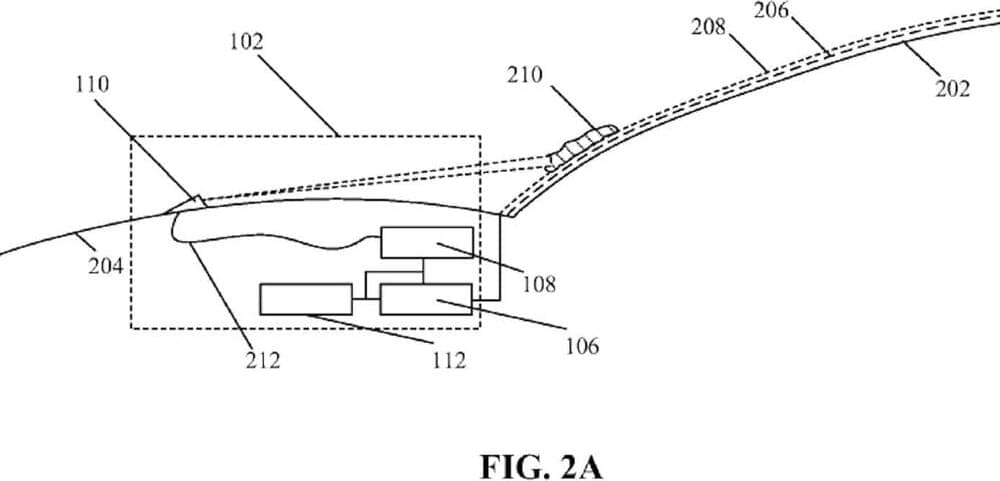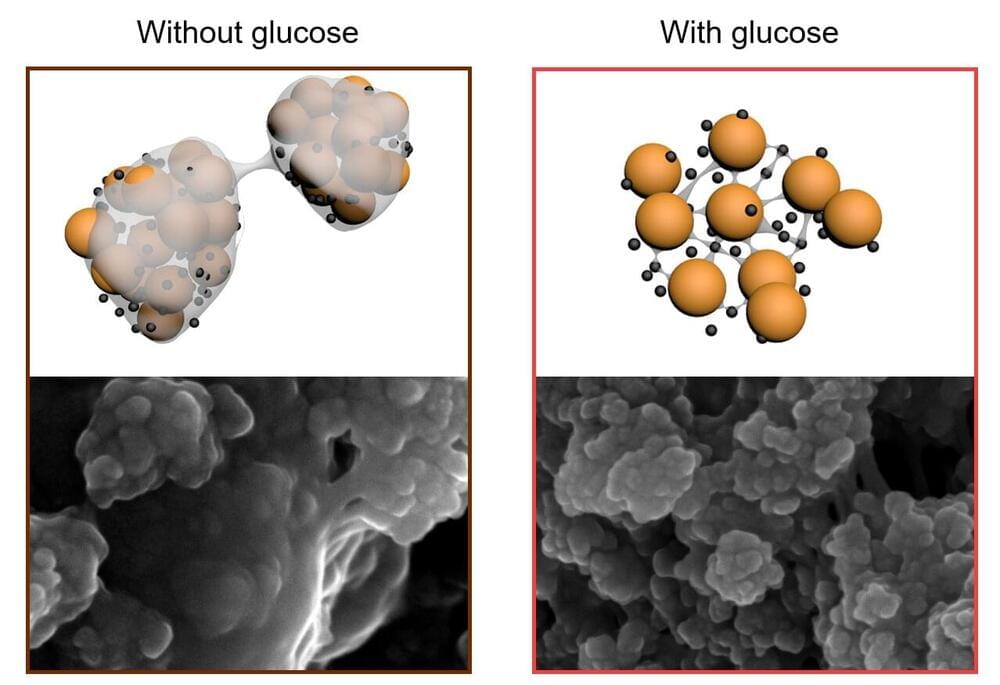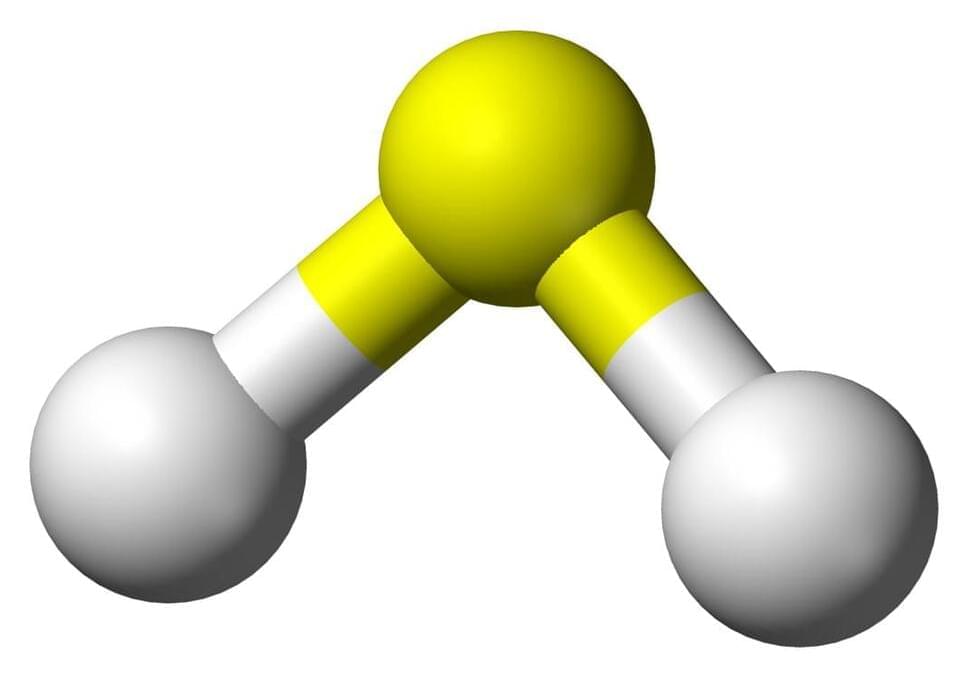Sila’s novel anode materials packed far more energy into a new Whoop fitness wearable. The company hopes to do the same soon for electric vehicles.



Puncture-proof tires have been an intriguing concept for many years. Tire maker, Michelin, has been working on it since 2005 and after more than a decade of work, it is now closer to reality. The company took its puncture-proof tires for a spin for the first time, on an electric vehicle, in line with the company’s goals of being more sustainable in the future.
More than three billion tires are produced annually around the world. Once beyond their lifetime, these tires usually end up in landfills. They are also at risk of catching fire and releasing toxic fumes into the atmosphere. Like with other things manmade, one way of making tires more eco-friendly is to make them out of naturally occurring material. The second is to reduce instances that cause wear and tear and render the tires useless. French tire manufacturer, Michelin, is using both these approaches to make its tires more ‘green’ in the future.
Through its Vision Concept, the company wants to make tires that are airless, rechargeable, connected, and sustainable. The Unique Punctureproof TIre System (UPTIS) is the airless tire that, thanks, to its unique design, does not require air filling and, never gets punctured either.

Tesla may already have a lot of projects on its plate, but the company still appears to be exploring other projects for its product lineup in the future. Among these is a “Robo Van” that’s optimized to transport people with disabilities, among others.
References to the Tesla “Robo Van” were reportedly shared by CEO Elon Musk during the company’s recent all-hands meeting, according to individuals familiar with the topics covered in the event. Apart from the “Robo Van” being capable of transporting large numbers of people, Musk reportedly highlighted that the upcoming vehicle would be designed to address the needs of passengers with disabilities.
This suggests that the Tesla “Robo Van” would be optimized for easy ingress and egress, making it perfect for passengers who may have difficulty getting into conventional vehicles. Features such as active air suspension, similar to the one used in the Cybertruck, would be particularly useful for disabled passengers as well, as they would make it easier for items such as wheelchairs to be loaded and unloaded from the Tesla “Robo Van.”

As I begin to understand the future of the internet and its evolving technology, I believe this author has it right and has cleverly synthesized a coherent image of a future sustainable as NFT, VR, AR and Metaverse Web 3.0. #Metaverse #NFT #web3 #VR #AR
NFTs are here to stay and will be foundational to our new world.

When it comes to innovation in the auto industry, Tesla is seemingly always at the forefront. They popularized electric cars, shifting public view on them from a failed fad of the past to an essential way forward. Tesla also led the way when it came to autonomy; in late 2014 the addition of Hardware 1 to the Model S saw consumers experience levels of driver assistance previously never seen in a mass-produced car. And as Tesla grows in size they continue to invest in R & D, always looking at smarter and more efficient ways of doing things. Now it seems they have turned their attention towards windshield wipers.
Tesla has successfully patented an idea for laser windshield wipers which would remove debris from cars.

Simply by adding sugar, researchers from the Monash Energy Institute have created a longer-lasting, lighter, more sustainable rival to the lithium-ion batteries that are essential for aviation, electric vehicles and submarines.
The Monash team, assisted by CSIRO, report in today’s edition of Nature Communications that using a glucose-based additive on the positive electrode they have managed to stabilize lithium-sulfur battery technology, long touted as the basis for the next generation of batteries.
“In less than a decade, this technology could lead to vehicles including electric busses and trucks that can travel from Melbourne to Sydney without recharging. It could also enable innovation in delivery and agricultural drones where light weight is paramount,” says lead author Professor Mainak Majumder, from the Department of Mechanical and Aerospace Engineering and Associate Director of the Monash Energy Institute.

#ElonMusk is on a better path than Bezos is partly because he’s working on his brain chip and once that brain chip has been made dubbed complete he can make it so it works with tech and we can merge Tech with people which means that we can make a life out of tech and have our body be completely made robotic and as long as we have materials like synthetic blood that feeds and sustains the brain with the proper nutrients to stay alive. Theoretically u could live much longer. He seems to have the robot body and robot made and chip almost complete now he needs the synthetic sustainable blood for a human brain 🧠 implant into the robot tech body using Brian chip to control it. Immortality In theory the brain doesn’t have to be in the robotic body it can still be connected to the body through a central location via #StarLink #Robot links https://fb.watch/7UAKDX92Vh/ https://fb.watch/7Uyo7JYdok/ “Life is a video game in that aspect” But even without the brain merge you will be able to pair our minds with these AI robots and use them on 🌎 earth or beyond like a ship to #Mars or any other place that can get the signal from the brain to the robotic body.
Elon is at it again.

Scientists have found a new chemical process to turn a stinky, toxic gas into a clean-burning fuel.
The process, detailed recently in the American Chemical Society journal ACS Sustainable Chemical Engineering, turns hydrogen sulfide —more commonly called “sewer gas”—into hydrogen fuel. Hydrogen sulfide is emitted from manure piles and sewer pipes and is a key byproduct of industrial activities including refining oil and gas, producing paper and mining.
The process detailed in this study uses relatively little energy and a relatively cheap material—the chemical iron sulfide with a trace amount of molybdenum as an additive.
I recently set sail on Sunwater Marine’s Ramblin’ Rose, a 40-foot sailing yacht powered by solar panels and electric propulsion.
While we at Electrek often tend to focus on electric vehicles taking over roads, it’s important to remember that our inevitable abandonment of fossil fuels stems to all modes of transportation, whether it’s by land, air, or even the sea. I recently had the opportunity to set sail on Sunwater Marine’s Ramblin’ Rose, a 40-foot sailing yacht powered by solar panels and electric propulsion. It’s one of the only vessels of its kind on the West Coast.
It was founded by president James Richmond in 2,020 amid the global pandemic. Richmond had a little more free time to search for a boat for blue water cruising to which he could add solar.